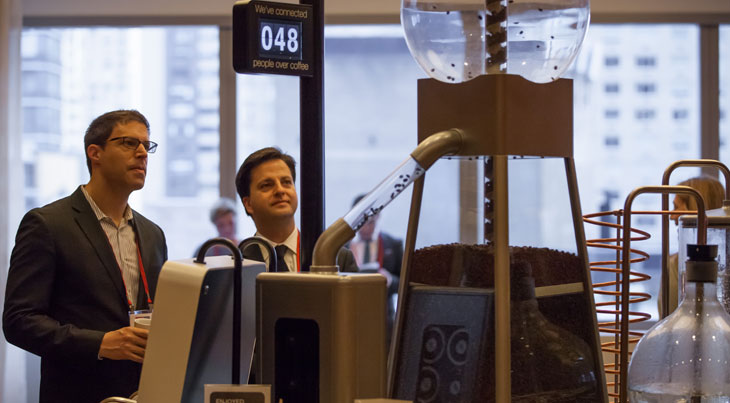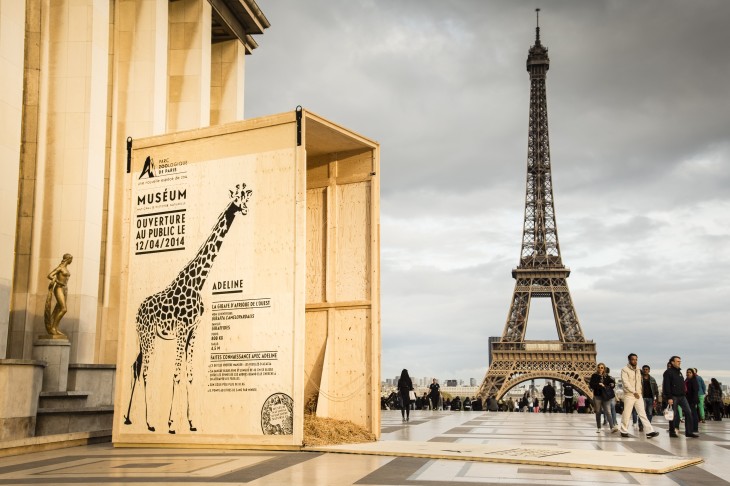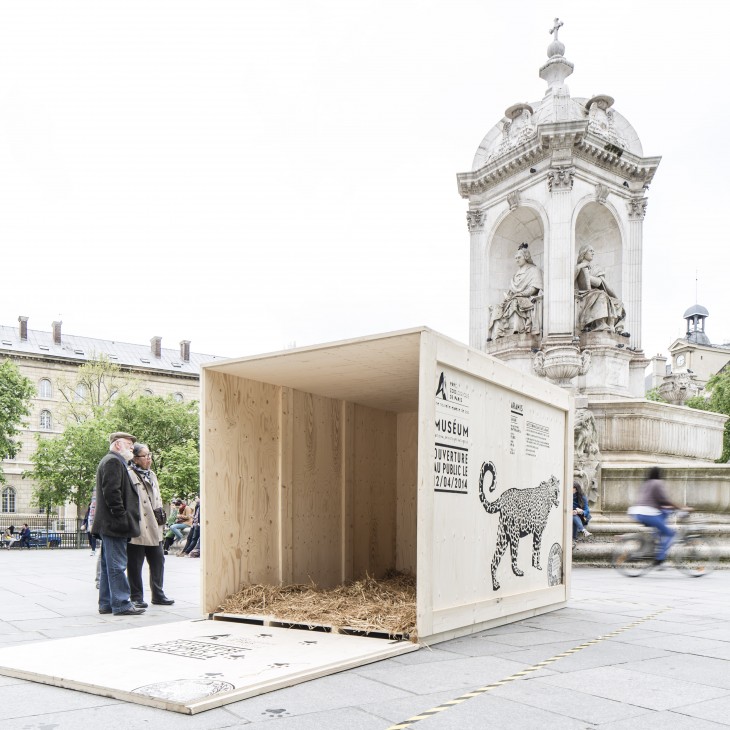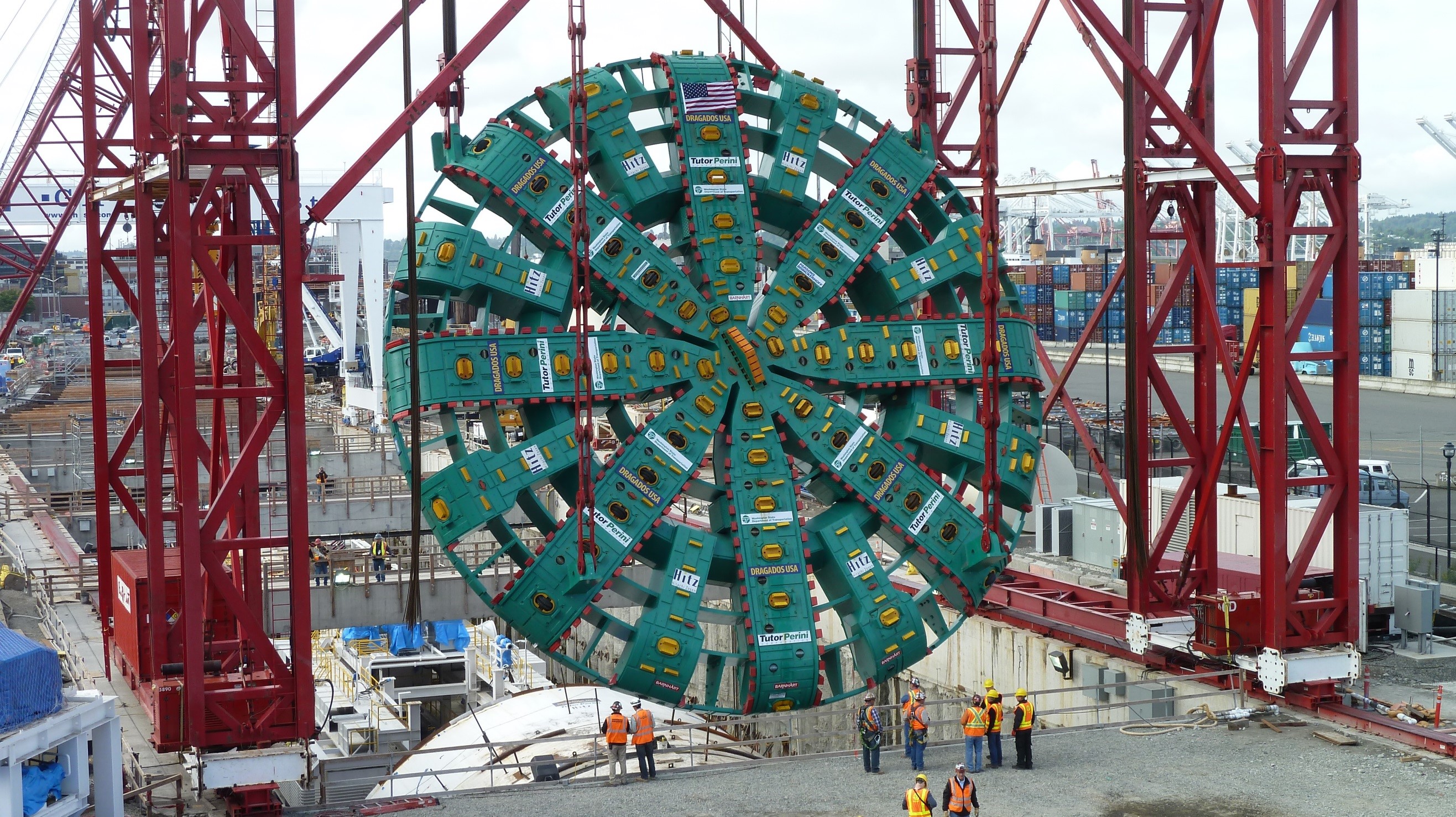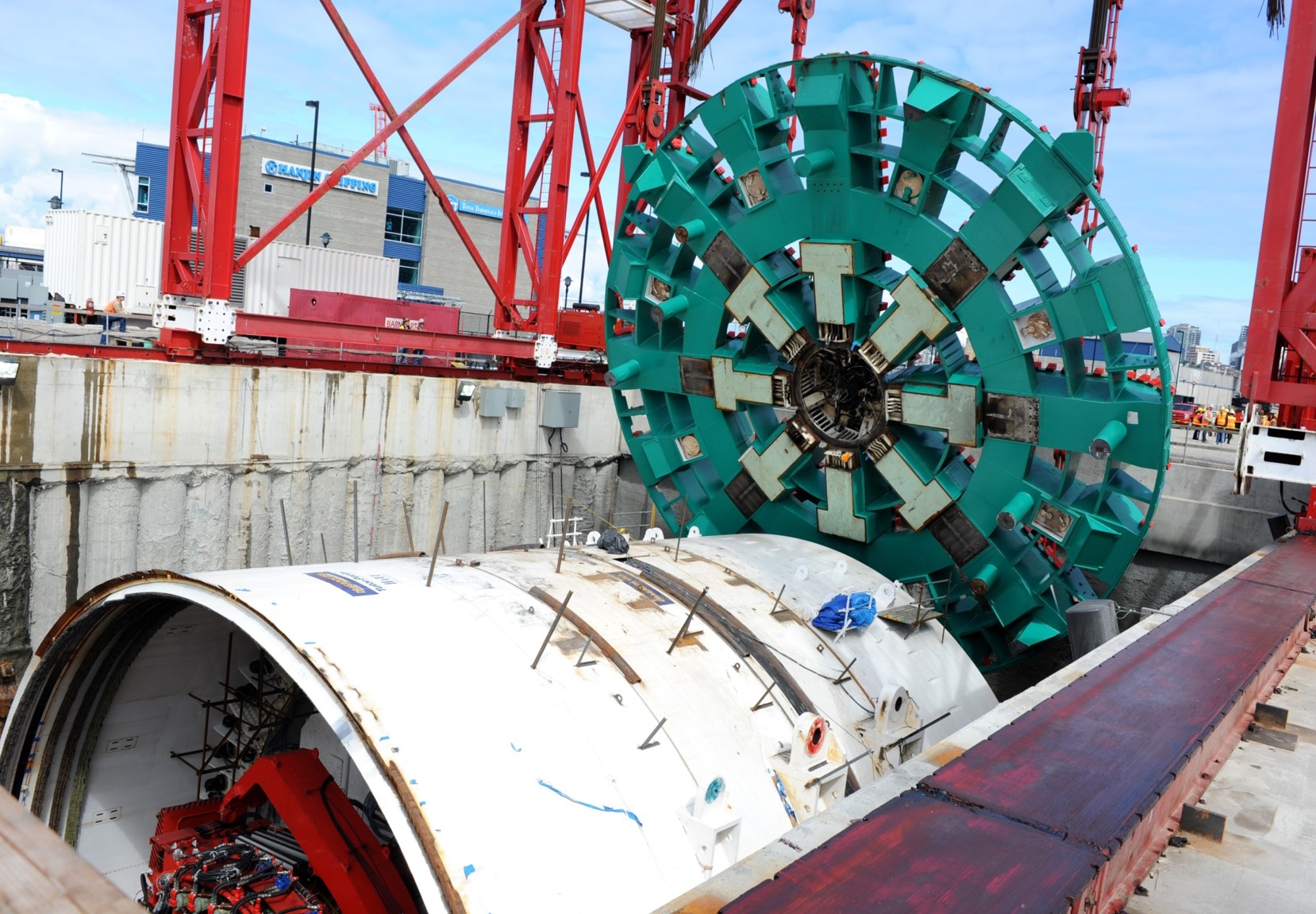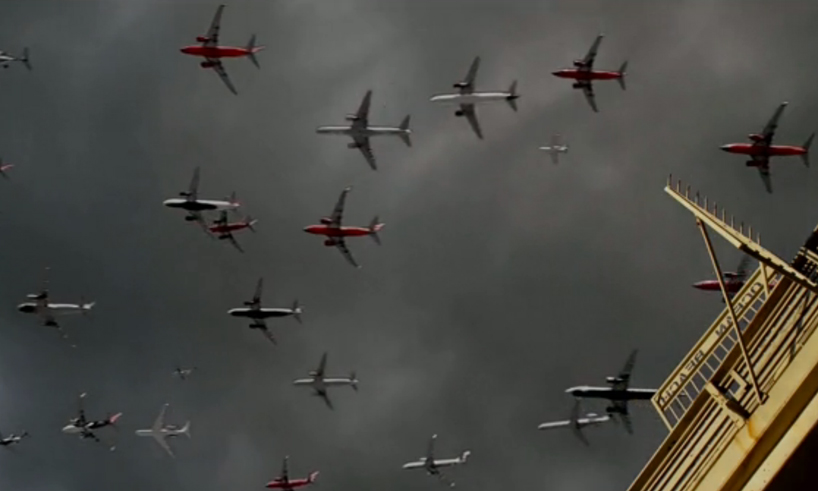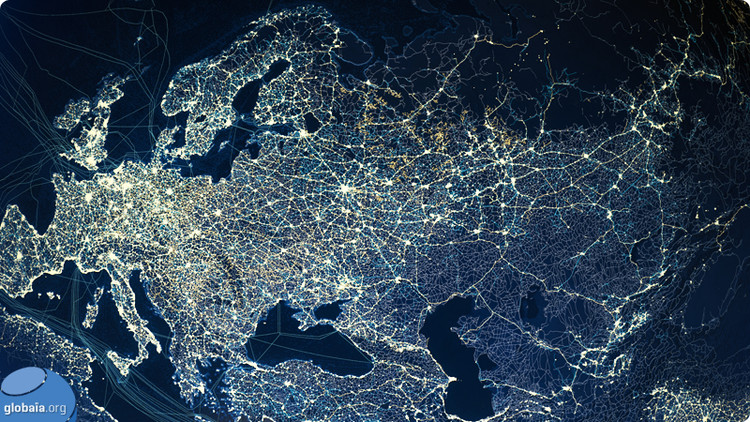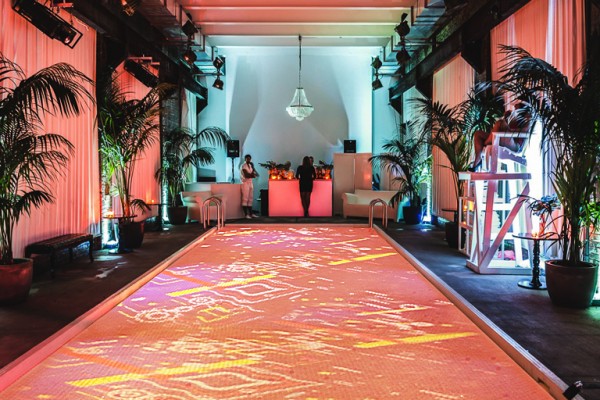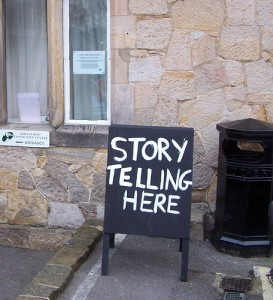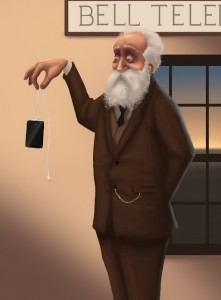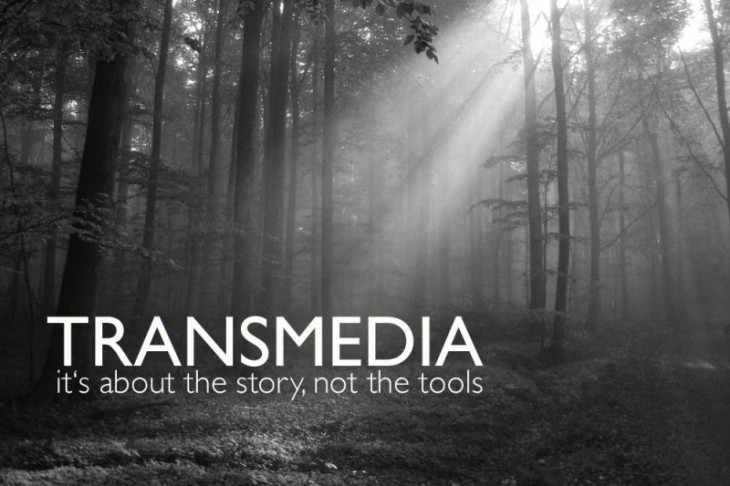So, as we have blogged about before, our friends in the marketing world often create experiences that inspire us here at the studio. At times these great ideas are even for museums. So this week we thought we would share three projects we found inspirational.
The first is an experience that can bring strangers together for conversation. Meet the Coffee Connector from the Economic Development Board of Singapore.
As you can see in the video, this requires two people to make cups of coffee. The interaction that leads to actually getting a cup of coffee puts users in a position to provide both a name and a subject to talk about. While it certainly affirms our studio’s belief that coffee is the center of the universe in the morning (martinis do that in evening – look for the Martini Connector next), this is a great model to potentially explore for a museum setting. It seems intriguing to create an activity where the payoff is not about the subject per se but instead is about people talking about the subject.
The second is the fun and evocative campaign for the Paris Zoological Park by Ubi Bene,
The idea of three-dimensional “artifacts” or leave-behinds is very interesting… and certainly this is an idea that could be reused for different subjects. Also, it allows for some great photo opportunities that extend the zoo’s impact.
Finally, here’s something about a subject we here in study have worked on quite a bit. Take a look at how food and cooking can be transformed in a film. Film by Blink Productions and Wieden + Kennedy London
This just goes to show that many subjects could be made more interesting and more engaging when humor and theatrics are applied in ways that don’t detract or distract from the subject. Certainly a treatment like this might be a great way to introduce people to a subject before diving into more substantial content. This film did a wonderful job setting a mood.
What creative marketing and communications examples have you seen lately? How might those ideas help us create more memorable and engaging experiences for visitors?
